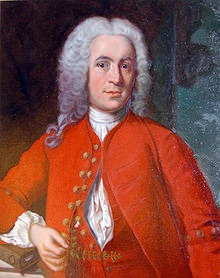HOMEPAGE | ATLAS & PHOTOGALLERY | EUROPEAN COLLECTIONS | HORTICULTURE | PROTECTION (cz) | CONTACTS | CZECH HOMEPAGE

HOMEPAGE | ATLAS & PHOTOGALLERY | EUROPEAN COLLECTIONS | HORTICULTURE | PROTECTION (cz) | CONTACTS | CZECH HOMEPAGE

Czech Cycads

Cycads in Sweden
Jan Andersson
The main botanic gardens growing cycads in Sweden are the following: The Bergius Botanical Garden in Stockholm, The Botanical Garden in Lund, The Botanical Garden in Uppsala, The University Botanical Garden in Gothenburg and Trägrådsföreningen in Gothenburg.
The Bergius Botanical Garden in the northern part of Stockholm was founded in 1791 by an antiquarian and historian by the name of Bengt Bergius whom donated the area to the Royal Swedish Academy of Sciences. The most striking Cycad that is shown here today is a big female Zamia pseudoparasitica.
Cycad People in Sweden
Swedish botanists have always been active in regard to cycads from the very beginning of their discovery. Swedish botanist Carl Linnaeus established the genus Cycas in 1753.
Also Cycas revoluta, the Japanese species which for many symbolises the entire genus, was described by a Swede - in 1782 by Carl Peter Thunberg, Linnaeus student, who also collected the first Encephalartos longifolius and Encephalartos caffer. Thunberg visited the South African Cape of Good Hope between April 1772 and March 1775. He travelled into the interior at the end of 1772 to near the present Port Elizabeth, accompanied by Francis Masson from the Royal Gardens at Kew in United Kingdom. During this journey, they found both Encephalartos caffer as well as Encephalartos longifolius thinking they were the same species (young and old plants) and named both Zamia caffra. Only later the species were split and properly described. In 1834, when Lehmann introduced the new genus name, Encephalartos, he simply changed Thunberg's Z. caffra to E. caffer.
Cycads named after Swedish botanists
Two cycad species are named after Swedish botanists. Firstly the Sri Lankan species of Cycas nathorstii is named after the paleobotanic researcher Alfred Gabriel Nathorst (1850-1921).

The African Encephalartos longifolius is sometimes called Thunberg’s cycad after its discoverer.
Thunberg is also the discoverer of Encephalartos caffer, which he then named Zamia caffra. The plant was moved into the new genus Encephalartos by Lehmann, who also changed its name.
Contemporary research
Peter Lindblad is the cycad researcher at the University of Uppsala, Sweden. He is conducting research on cyanobacterias in cycads corraloid roots. He has also brought some cycads to the Uppsala Botanical Garden for the use in his research:
Christian Pott works on fosil cycads and bennettitiales in the Natural History Museum in Stockholm, publishing also on his site www.bennettital.es .
City by City
Stockholm
All the cycads that are shown in Bergius Botanical Garden in Stockholm are as follows:
•a big female Encephalartos ferox
•a big Encephalartos villosus
•a small Encephalartos trispinosus
•both male and female Stangeria eriopus plants
•both female and male Ceratozamia hildae plants
•a female Ceratozamia mexicana is in fact Ceratozamia latifolia
•a male Macrozamia spiralis
•a Macrozamia miquelli
•several Macrozamia riedlei plants
•a Dioon spinulosum
•a very big female Zamia pseudoparasitica - alongside a plant in Bonn probably the largest one in Europe.
•a female labelled as Zamia skinneri is in fact Zamia neurophyllidia, donated by Anders Lindström
•some females labelled Zamia pumila ssp pumila
•some males Zamia furfuracea plants
•a male Zamia standleyii
•several both males and females Cycas revoluta
•a big male plant labelled Cycas circinalis
•two Cycas multipinnata
•a Cycas taitungensis
•a small Cycas lindstromii donated by Anders Lindström
Lund
The Botanical Garden of Lund University has a history back to 1746 but back to 1865 at the present place when plantings began in the then new greenhouses. Around that time two as labeled Cycas circinalis was planted and they are still there even though they are now getting to high for the greenhouse.
•One male Encephalartos ferox
•One Dioon edule
•Two Zamia lindenii
•Two Zamia named skinneri but more in neurophyllidia type, one of them male
•Two Zamia furfuracea
•One Cycas rumphii
•Two 140 years old Cycas named circinalis, one male and one female
Uppsala University
The Botanical Garden of Uppsala is the oldest botanical garden in Sweden and dates back to 1655. In the year of 1741 the nature researcher Carl Linnaeus became the superintendent of the Garden. He developed it to one of the most influential gardens in the world since he had good contacts around the world for collecting activities. The plants were placed according to his ideas of the different plants species order. The conservatory for tropical and subtropical plants dates back to his time, although the present greenhouse where the cycads can be found today is from 1930.
•Seven Ceratozamia named mexicana, two females and five males
•One Encephalartos ferox
•One Dioon edule
•Six Zamia integrifolia, four females and two males
•One female Zamia named skinneri
•One Cycas “circinalis”
•One Cycas rumphii
•Four Cycas revoluta
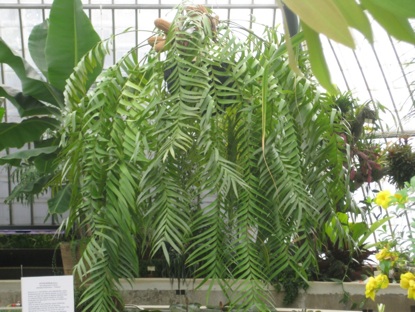
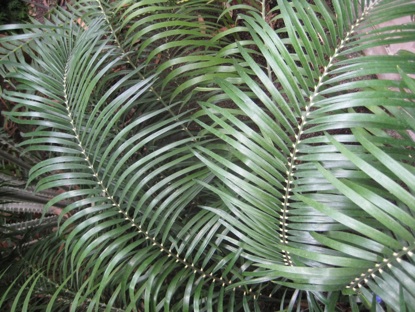

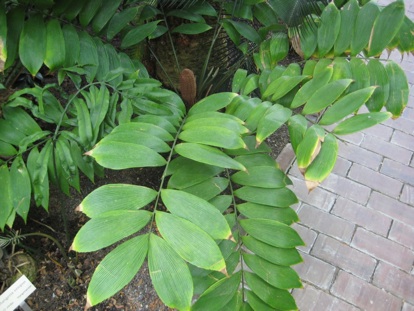
Stockholm
1.Female Zamia pseudoparasitica in Stockholm
2.Zamia spiralis in Stockholm
3.male Cycas circinailis in Stockholm
4.photo on the left: Anders Lindstrom
5.Zamia skinneri in Stockholm is in fact Zamia neurophyllidia, donated by Anders Lindström
Prague: Anders Lindström planting “his” Cycas lindstromii in Prague Botanical Garden in 2010
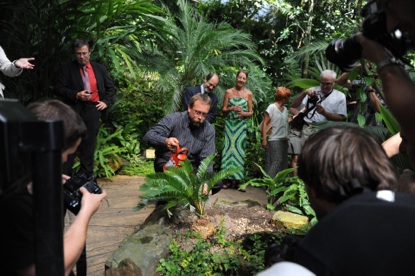
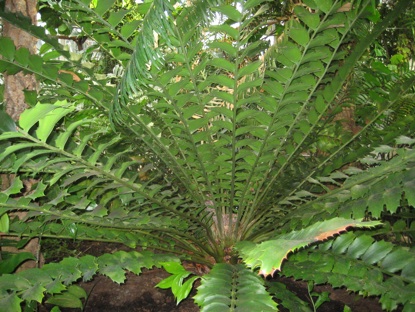
Cycads in Europe & other countries
We are gradually mapping the European collection of cycads. Until now, we have done the following. Read more in our articles
•Czech Republic (CZ) - some of the text can be also found on our English homepage - with some of the oldest Encephalartos altensteinii and the tallest Cycas circinales and Microcycas calocoma in Europe as well as a nice collection of fossil cycads
•Belgium (CZ) - This article adds some information to the text published in Whitelock on Encephalartos laurentianus, the species described from the plants from the Belgian Congo, still in collection in Meise
•Cuba (EN) and the Havana Botanical Garden - isolated country with not much information published abroad
•Denmark (EN) with the oldest Zamia lindenii in Europe
•Ireland (EN) - the birthplace of Ceratozamia fuscoviridis in Dublin
•the Netherlands (EN) with a beautiful collection in Leiden
•Poland (EN) with some historical plants from the original Warszewicz garden in Krakow and a fantastic group of Stangerias and 200 yrs old plants of Ceratozamia mexicana
•Portugal (EN) - see also our photo gallery from Lisbon
•Russia (EN) - CVs of Küster, Katzer and Perovsky
•Slovakia (EN) - with one of the EU well known cycad seed sellers
•Sweden (EN) with probably the largest Zamia pseudoparasitica on public display in Europe
We are usually using the names of the species as described by the gardens, even though sometimes a re-evaluation of the description might be needed.
Lund: Encephalartos ferox and Cycas circinalis
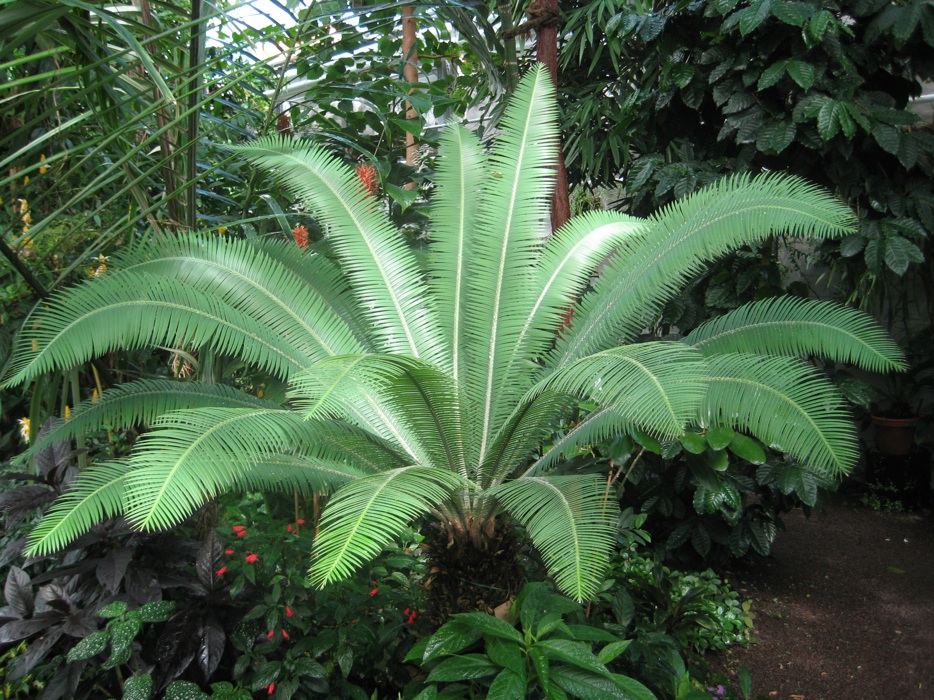
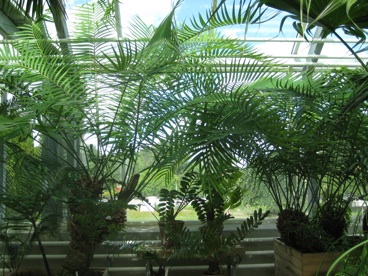
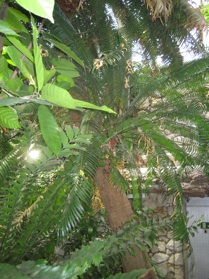
Uppsala photos: Linnaeus - Dioon edule and Ceratozamia “mexicana”
